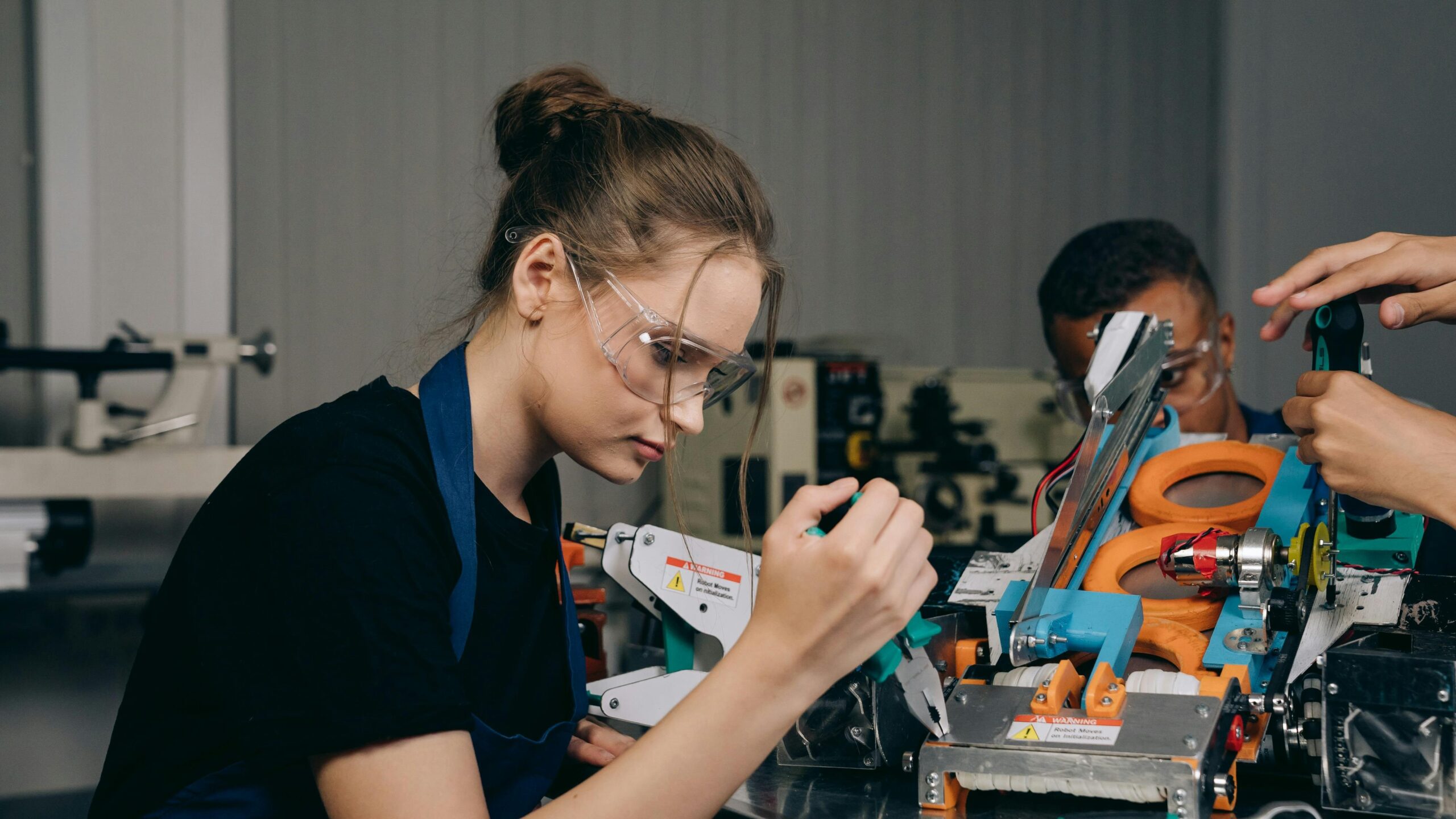Óbuda University has embarked on a major international research collaboration with Stanford University and the National University of Singapore (NUS) to advance medical robotics. The project, officially launched in Singapore under the HU-rizont programme, is backed by Hungary’s National Research, Development, and Innovation Office (NKFIH). Over the next three years, the initiative will focus on developing state-of-the-art robotic algorithms to introduce groundbreaking innovations in surgical robotics and laboratory automation.
The project brings together leading researchers from all three institutions, combining expertise in artificial intelligence, deep neural computing, and advanced robotics. The primary goal is to address the limitations of AI in performing fine motor tasks, which remain a challenge despite the technology’s success in digital applications. To bridge this gap, researchers will develop new methodologies utilizing deep neural computing and multimodal simulation environments, known as digital twins, which replicate real-world conditions for AI training.
According to Rector of Óbuda University Levente Kovács, securing collaboration with two of the world’s top ten universities marks a significant achievement and underscores the university’s growing international reputation. He emphasized that robots are becoming increasingly capable of handling complex tasks, and integrating AI into medical robotics could significantly accelerate research and innovation.
The MedLaBotX project, a core component of this collaboration, will be instrumental in developing advanced medical robotics solutions. As part of the initiative, Óbuda University’s Bejczy Antal Robotics Center will benefit significantly, with the goal of establishing a globally recognized centre of excellence in medical and laboratory robotics within three years.
Both NUS and Stanford have committed substantial research resources to the project, involving their top researchers and laboratory leaders. The collaboration is expected to yield transformative advancements in the field, positioning medical robotics at the forefront of AI-driven innovation.
Related articles:








